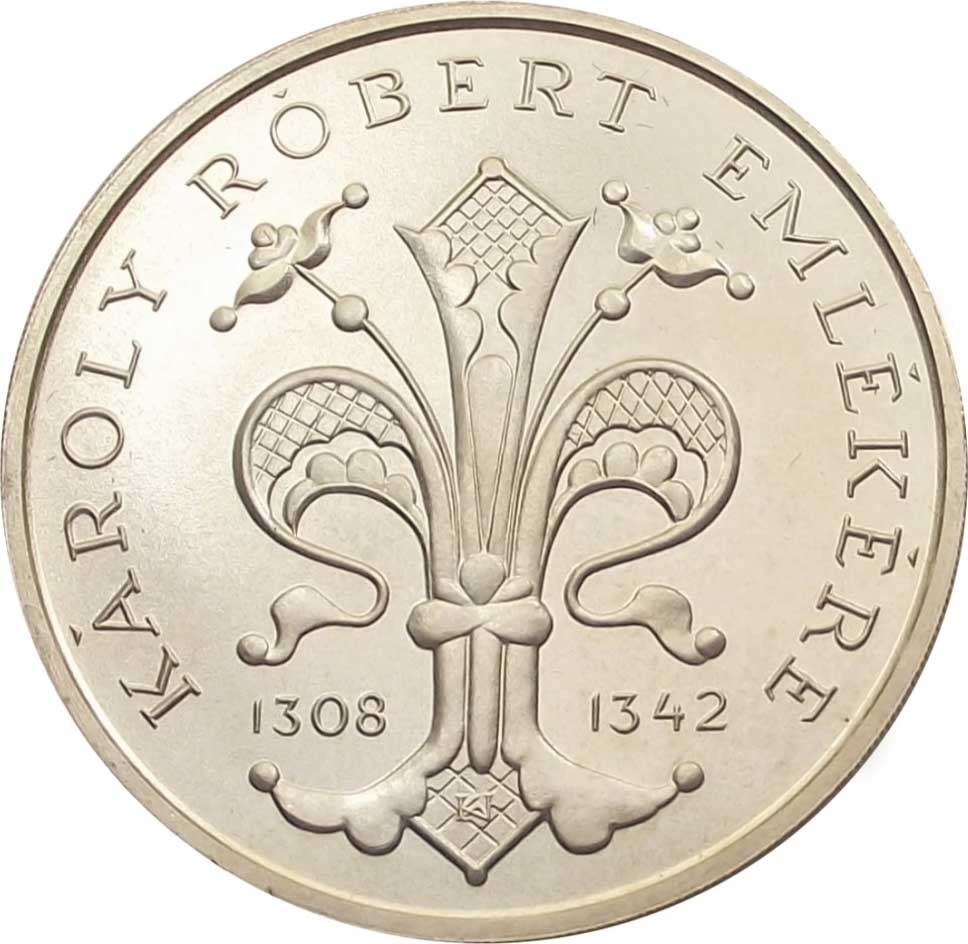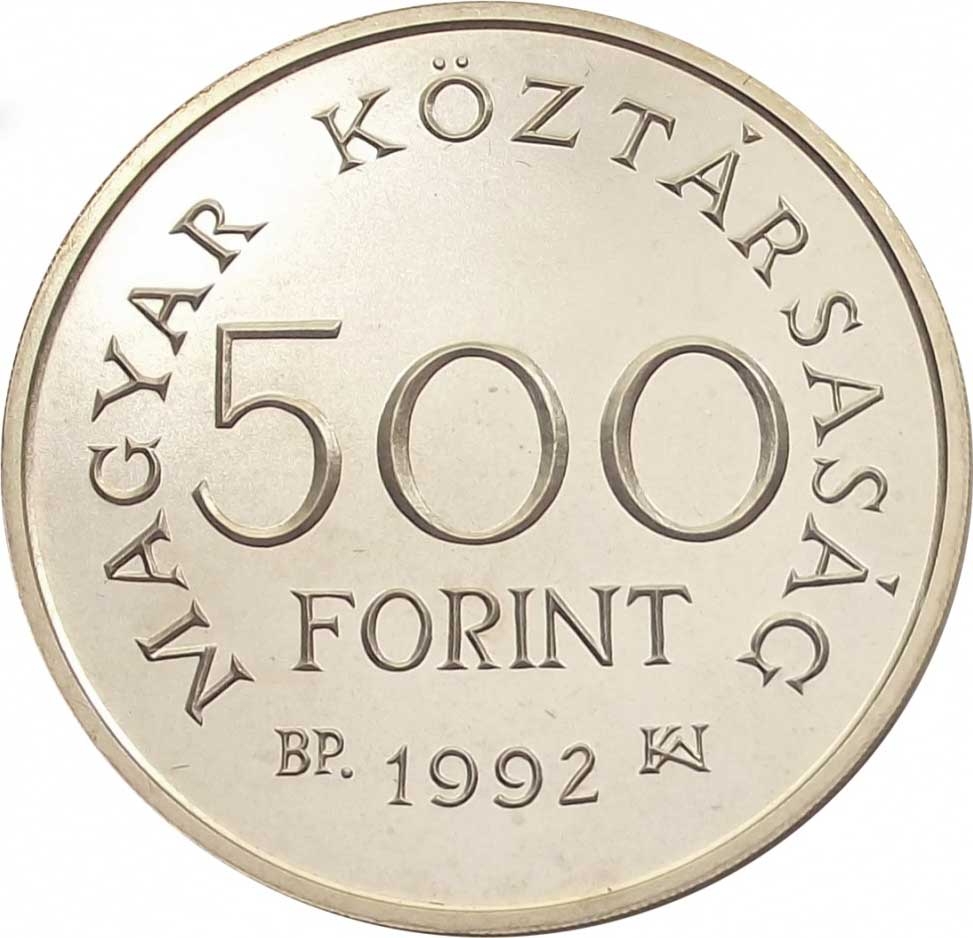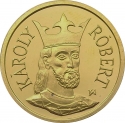You are about to finish your registration. Please check your mailbox (including spam folder). There should be a letter with a confirmation link. Check setting to make sure that your e-mail address is correct.
Send letter againDescription
Charles I, also known as Charles Robert (Hungarian: Károly Róbert; Croatian: Karlo Robert; Slovak: Karol Róbert; 1288 – 16 July 1342), ruled as King of Hungary and Croatia from 1308 until his death. Born into the Capetian House of Anjou, he was the sole son of Charles Martel, Prince of Salerno, who was the eldest son of Charles II of Naples and Mary of Hungary. Following Mary's claim to the Hungarian throne, Charles inherited it after his father's death in 1295. Despite initial opposition and a provisional coronation, Charles solidified his reign through papal recognition in 1303 and eventual acceptance by the Hungarian nobility. His reign was characterized by struggles to centralize power and consolidate authority, marked by victories in battles such as Rozgony in 1312, though challenges persisted, notably in Croatia and Wallachia. Charles implemented administrative reforms, including the establishment of the Order of Saint George and the promotion of gold mining, which bolstered Hungary's economy. His diplomatic efforts at the Congress of Visegrád in 1335 facilitated peace and commerce, setting the stage for the successes of his successor, Louis the Great.
Engraver: András Kiss Nagy
Obverse

|
Depicts a stylized Anjou lily in the center, surrounded by the inscription IN MEMORY OF CHARLES ROBERT, dividing dates, and the engraver's initials (KNA) on the bottom. KÁROLY RÓBERT EMLÉKÉRE |
|---|---|
Reverse

|
Depicts the country name (Hungarian Republic) around the denomination. The issue year, the mintmark (BP), and the designer's initials (KNA) below. MAGYAR KÖZTÁRSASÁG |
| Edge |
Reeded and pearl-circle |



